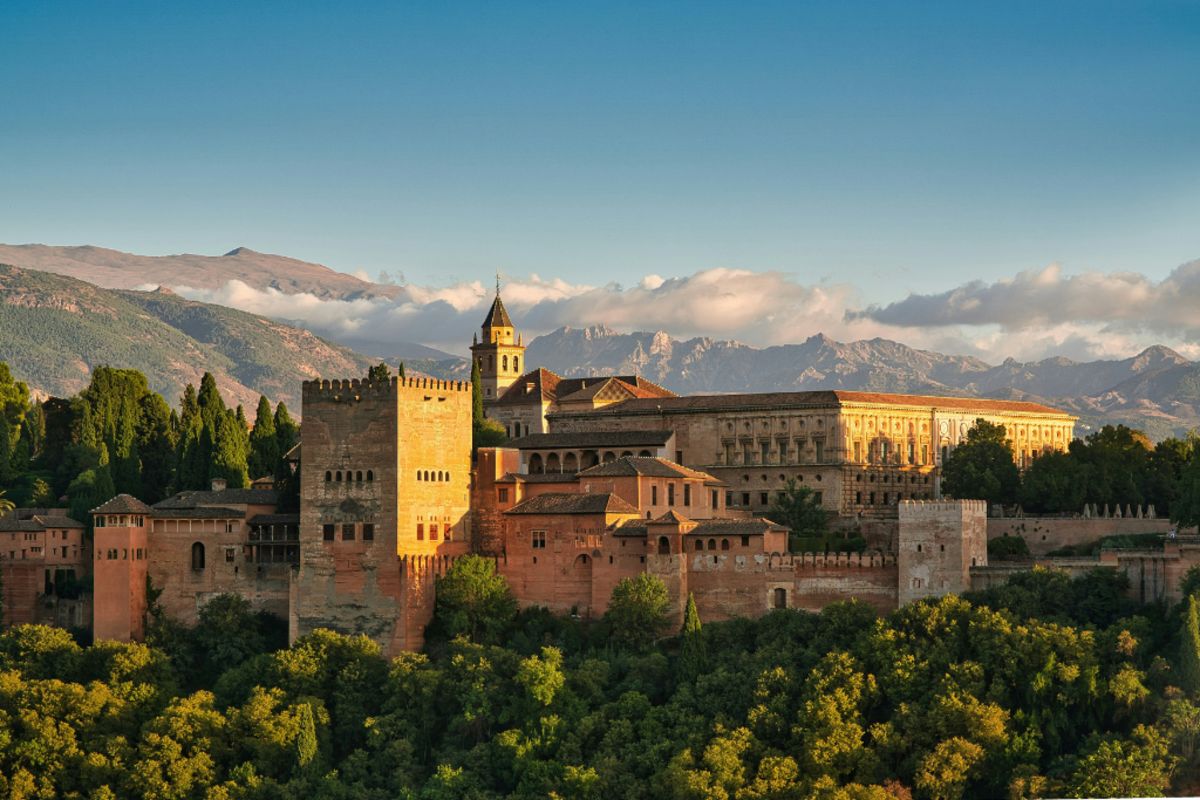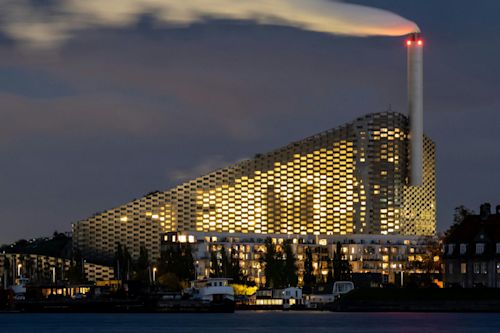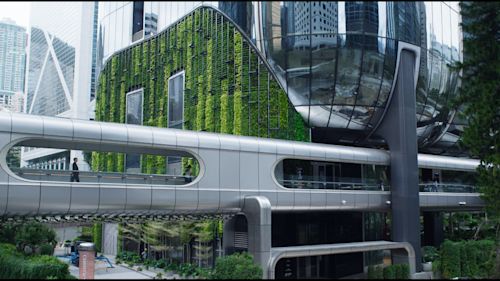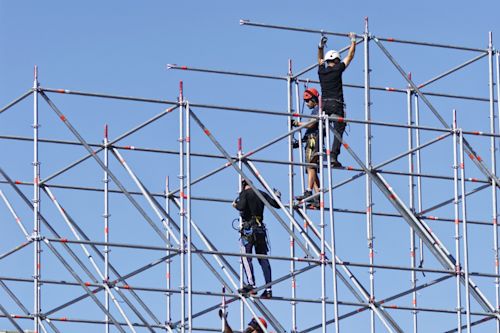Know Your Architecture: Spain's Mudéjar Style and Its 5 Finest Examples

Have you ever encountered buildings that seem to defy categorization, with hints of both Islamic and Christian influences? This architectural mystery has an answer: Mudéjar architecture, a fascinating product of cultural exchange in medieval Spain.
The Reconquista, a centuries-long power struggle between Christian and Muslim kingdoms in the period of 711–1492, laid the groundwork for Mudéjar architecture. As Christian rulers gradually reconquered territory, Muslim communities, known as ‘Mudéjars’, remained under their dominion.
Many of these skilled Muslim artisans, particularly adept at masonry and decorative arts, continued their traditions while adapting them to the needs and styles of their Christian patrons. This unique situation fostered a fascinating artistic fusion.
A Multicultural Expression

Mudéjar architecture incorporated elements like geometric patterns, horseshoe arches, and intricate brickwork—hallmarks of Islamic art—into structures that might also feature Gothic elements or Christian floor plans. This resulted in a regional tapestry of architectural expressions, where the level of Islamic or Christian influence varied depending on the location in Spain.
Mudéjar architecture proves that even in the face of a centuries-long religious conflict, artistic collaboration and innovation, as well as cultural exchange, can prevail.
6 Details to Recognize Mudéjar Architecture

Liberal Use of Bricks: Brick is the most prominent material in Mudéjar buildings. This preference stems from the skills and traditions of the Mudéjar craftsmen—Muslim artisans working under Christian role.
Geometric Ornamentation: Mudéjar architecture is renowned for its intricate geometric patterns. These adorn walls, ceilings, and often appear in brickwork itself. The patterns draw inspiration from Islamic artistic traditions, often incorporating repetitive motifs and interlocking designs.
Horseshoe Arches: A signature element of Islamic architecture, the horseshoe arch is a very prominent sight in Mudéjar buildings. These arches, with their characteristic keyhole shape, add a touch of Moorish influence to the overall design.
Glazed Tilework: Although not as ubiquitous as brick, glazed tiles were often employed in Mudéjar architecture. These tiles, typically brightly colored and featuring geometric or floral designs, add pops of color and visual interest to façades and interiors.
Intertwined Styles: The beauty of Mudéjar architecture lies in its ability to seamlessly blend Islamic and Christian elements. Mudéjar buildings might incorporate features like Gothic ribbed vaults or Christian floor plans alongside Islamic decorative motifs, creating a unique hybrid style.
Regional Variations: While sharing these core characteristics, Mudéjar architecture also exhibits regional variations. In some areas, the Islamic influence might be more pronounced, with features like elaborate stucco work or intricate tilework. Other regions might emphasize the Christian elements, with Mudéjar details complementing a Gothic or Romanesque base.
5 Finest Examples of Mudéjar Architecture

Alcázar of Seville
This royal palace in Seville, which recently enjoyed a global fame boost as a ‘Game of Thrones’ filming location, offers a breathtaking examination of the artistic exchange between Islamic, Christian, and Mudéjar styles. One can observe the intricate plasterwork, lush courtyards, and a sense of architectural elegance that reflects the rich tapestry of Seville's history within the Mudéjar palaces.
Seville Cathedral's Giralda Tower
Soaring above the capital of Andalucia's skyline, the Giralda Tower serves as a fascinating example of Mudéjar influence. Originally built as a minaret for a mosque, it was later converted into a bell tower for the Seville Cathedral. A close examination reveals the distinctive Islamic decorative elements seamlessly integrated into the Christian structure.
Alhambra Palace, Granada
A UNESCO World Heritage Site and a pinnacle of Moorish architecture, the Alhambra always tops the lists as the most visited monument in Spain, and for good reason. This sublime palace, designed to replicate the idea of a paradise on earth, boasts remarkable Mudéjar features. Intricately carved stucco work, geometric tilework depicting intricate patterns, and tranquil courtyards all showcase the influence of Mudéjar artistry within this iconic complex.
Toledo Cathedral
This magnificent cathedral in Toledo provides a stunning example of the harmonious blend of Gothic and Mudéjar styles. One can admire the Mudéjar ceilings, adorned with geometric patterns and even remnants of Arabic inscriptions, a testament to the city's multicultural heritage.
San Salvador de Teruel
Another designated UNESCO World Heritage Site, San Salvador de Teruel exemplifies Mudéjar architecture excellence. This masterpiece features an iconic Mudéjar tower, a soaring structure adorned with intricate brickwork and geometric patterns. The ornate decoration throughout the church further exemplifies the beauty and craftsmanship of this unique architectural style.
Safeguarding a Legacy: Preservation and Conservation of Mudéjar Architecture

Fortunately, Spain recognizes the immense value of its Mudéjar architectural heritage. Ongoing restoration projects and conservation initiatives ensure these structures remain standing for generations to come. UNESCO World Heritage Site designations, like those for the Alhambra, Toledo Cathedral, and San Salvador de Teruel, further solidify their importance.
Mudéjar architecture stands as evidence of the enduring power of artistic collaboration and cultural exchange following troubled times. Its intricate beauty, rich symbolism, and historical significance continue to captivate millions of residents and visitors today.



